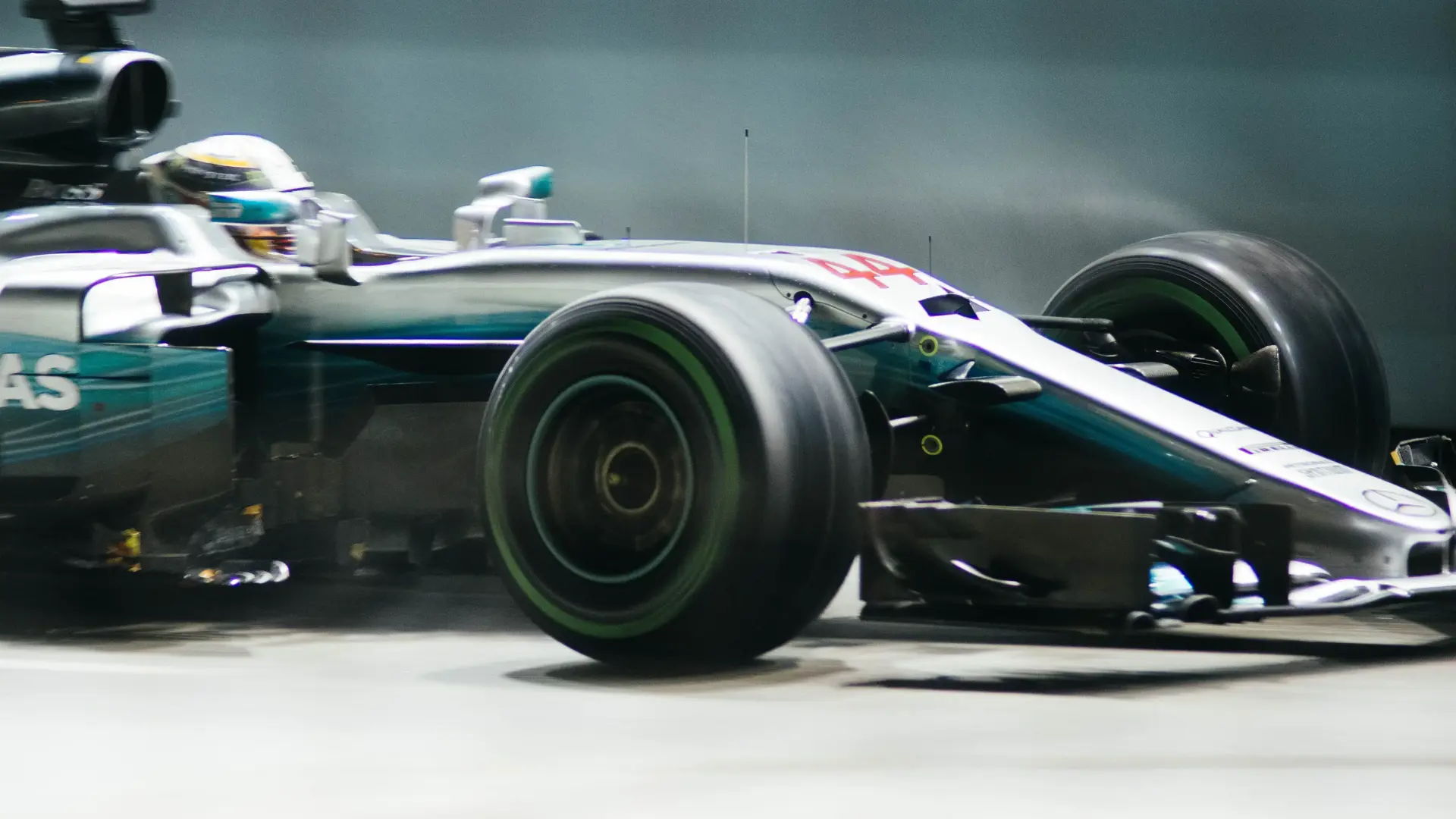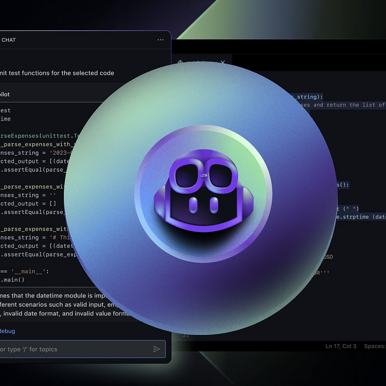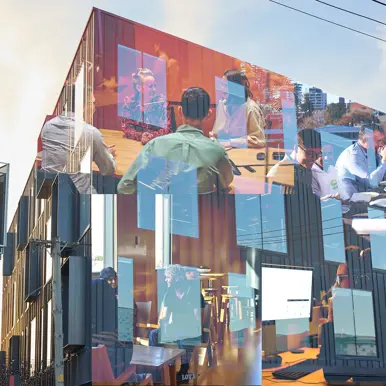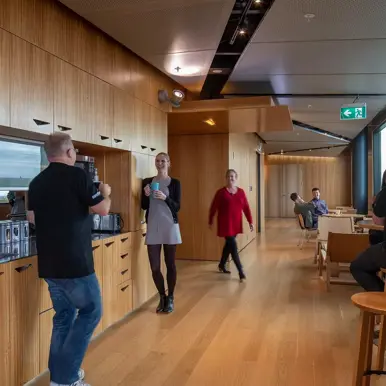Most people think “innovative” means introducing something that is new, exciting and a departure from accepted norms.
But innovation seldom comes from inventing something completely new and it doesn’t always happen overnight.
In reality, most innovation stems from taking one product, idea or technology and applying it in a new or inventive way. Innovative companies like those cited below, know to actively look for opportunities to apply ideas or technologies from other fields and use an iterative approach to open up new areas.
One industry’s innovation is another industry’s normal
What do an automotive production line, a food bank and a hospital have in common? From an operational perspective very little, but that doesn’t mean that ideas and processes from one industry can’t be applied to another. When Toyota was approached to donate to a New York City food bank in 2011, instead of contributing money like every other organisation before them, they sent a group of their engineers to apply Kaizen management practices to the food bank’s processes. As a result the average waiting time in the dinner line dropped by 80% and the time to pack boxes of goods for distribution dropped by 94%. Likewise, Toyota engineers worked with four US childrens’ hospitals by applying Toyota’s internal management processes and achieved a 75% reduction in blood infection cases. The process changes made at the food banks and hospitals were considered innovative but in reality, they were simply a result of the logical application of processes from a completely different industry.
Another of my favourite stories of innovation is the McLaren F1 team’s “fiddle brake” system. One of the team’s mechanics took an idea from a totally different motorsport discipline (sports trialling) and convinced the team to try it during one of their scheduled test sessions. In a sport where millions of dollars and thousands of hours are spent refining existing ideas just to gain one tenth of a second advantage, this one idea immediately made the car more than half a second faster. This innovation, which cost McLaren £50 to build and test, was so successful that it was ultimately banned after rival team managers complained that it would require them to spend millions of dollars to replicate.
Little by little
There are also times when an innovative idea or technology may be something that is truly new and revolutionary, but the process to successfully realise that innovation may involve iterations. Tesla leads the way with electric vehicle technology and has been a catalyst for major changes in the automotive industry, with every major car manufacturer taking Tesla’s lead and planning to release electric vehicles of their own. Yet Tesla didn’t innovate with a big bang. Instead they started with the simplest, cheapest implementation they could and then repeatedly made incremental changes to build upon their base product. Tesla’s first vehicle was a Lotus Elise, which it fitted with its own motors. This was followed by the Model S (which used the same technology but with Tesla’s own chassis) and the Model 3 (like the Model S but cheaper and higher volume).
By using an iterative approach to building their product Tesla minimised their entry costs into the market, reduced the risk of failure by keeping initial volumes small and built excitement with each iteration it introduced, all while allowing them to survive financially. Contrast this with Fisker, another electric vehicle manufacturer who started building electric vehicles around the same time. Fisker has similar, innovative designs and technology but elected to start out by designing and building an entirely new vehicle of their own design from scratch. The resulting vehicle, the Karma, was a vehicle every bit as revolutionary as a Tesla but, by choosing the path of building everything themselves from scratch, Fisker went bankrupt before being able to have a meaningful impact on the automotive industry.
Where do we start?
So how can you create innovation within your business? Here are a few key things we do at Sandfield on a daily basis to create an environment that fosters innovation:
- Everybody has a say. The ‘democratising’ of innovation is key. Even our most junior developers are encouraged to think critically about the software they are working on and to ask questions if they think there is a better way of solving a problem. Take the fiddle brake example with the McLaren mechanic - he wasn't the CTO or the chief engineer, he was just a guy in the organisation, empowered by the company’s bigger picture of constant improvement.
This democratising of innovation extends to clients - making sure we’re collaborating with our clients through to our clients’ clients in true partnerships to bounce and try out ideas (ours and theirs) to develop better solutions. This creates a situation where everybody is engaged and takes pride in the product - making it the best it can possibly be. - We create an environment that encourages building a product incrementally. One of the key principles of the Agile Manifesto is to deliver working software frequently, from a couple of weeks to a couple of months, with a preference to the shorter timescale. By following this principle, Sandfield is able to build innovative software solutions by breaking projects down into small deliverables. This creates excitement as everyone sees the business benefits continually being delivered. It also allows any issues to be identified and fixed quickly, before unnecessary resources are consumed.
- People who work at Sandfield are not just pure programmers. Everybody here comes from different working backgrounds: civil engineering, accounting, marketing, astro-physics and in one case, even working as part of a circus touring through South East Asia. This, along with our experience working with customers across many different industries, gives our developers a wide body of real-world experiences they can draw upon when developing business solutions customised to different needs.
- Innovation comes from doing something differently, or, by doing the same thing in a new way that is better than the others. Often vendors push solutions to other people's problems and try and make them an all-purpose fit. Our innovation lies in moulding to the idiosyncrasies of an individual business, developing a solution to meet the client’s exact needs. And it needs to fit perfectly. By building bespoke software solutions, we can quickly design and implement systems that meet our customer’s needs, rather than shoehorning them into a ready made software package that their competitors may be using too. This custom approach allows them to bring innovative new products or services to market before their competitors.
Conclusion
Innovation isn’t something that happens overnight. It is something that needs to be nurtured bit by bit, because it can easily be stifled. Innovation requires having people who are able to think outside the box or draw upon a wealth of experience when analysing a business problem. It requires an environment that is open to trying different ideas or solutions instead of following the herd. And it requires business processes that allows and supports innovation to be developed and delivered in an iterative manner, so that progress can be continually seen and risks can be identified and rectified early. As Toyota, McLaren and Tesla have shown - the results of fostering an innovative work environment can change the world.












